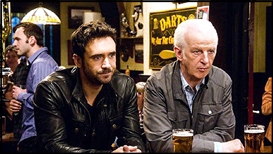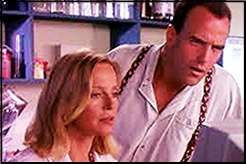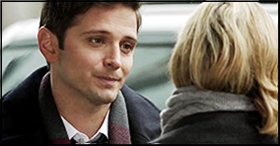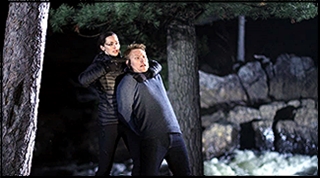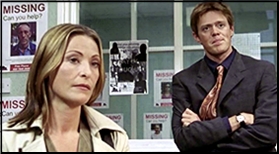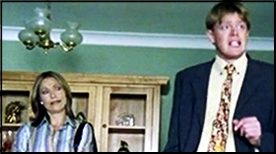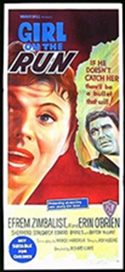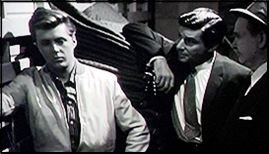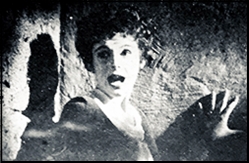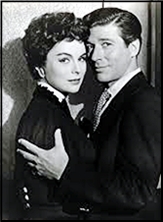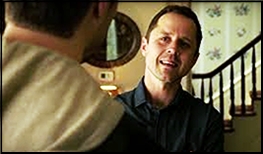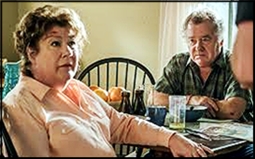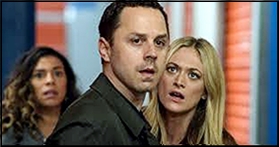Sun 14 Jun 2020
A Private Eye TV Episode Review: DELLAVENTURA “Above Reproach” (1997).
Posted by Steve under Reviews , TV mysteries[8] Comments

DELLAVENTURA “Above Reproach.” CBS. 23 September 1997 (Season One, Episode One). Danny Aiello (Anthony Dellaventura), Ricky Aiello, Byron Keith Minns, Anne Ramsay. Guest Cast: Meg Gibson, Anthony Franciosa. Cameo: Rudolph Guiliani. Created by Richard Di Lello, Julian Neil and Bernard L. Nussbaumer. Director: Peter Levin.
Anthony Dellaventura is a Manhattan-based PI who once worked for the police department but quit when he became fed up with internal politics and crooks getting off too easily. One of the D.A. he approves of, though, is Sarah Macalusso (Meg Gibson), who is scheduled to soon be sworn in as a municipal judge. A small problem has arisen, however. She was kidnapped overnight, drugged, and videotaped in shall we shall we say compromising positions.
Even though Dellventura talks quietly, he’s also the kind of street guy who also talks tough, or that’s the premise of the show. I think he’s also the kind of guy who doesn’t think before making promises too quickly. There’s also no sense of real danger or suspense when he charges in without a plan other than confrontation and hoping for the best. He’s all brave braggadocio, but little more than that, and without a small gang of loyal assistants, I don’t think he’d get very far in the real world.
The show is still mildly enjoyable, in a homespun sort of way, but overall, viewers seem to have agreed with me. Thirteen episodes and that was it for this short-lived PI series, now probably forgotten by everyone other than those involved. Incidentally, and for the record, Episode Two is titled “Pilot,†This wasn’t it.



